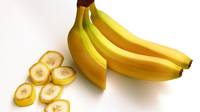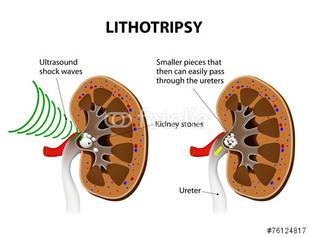
Scientists really don't know why kidney stones form in some people and not in others. Over 10 percent of all men and five percent of all women experience the pain of a kidney stone during their lifetime.
Kidney stones tend to run in families, so individuals with a close relative who has been through a stone episode should be careful. Most first-time sufferers are between 30 to 40 years old and are otherwise in very good health.
Despite the improvements in treating kidney stones, it's definitely preferable to avoid having them in the first place. That is, considering the very high cost of surgery and/or lithotripsy (method of dissolving the stones with electrically simulated shockwaves so that the fragments can be flushed out of the body).
But how? Well, some ways are simple enough; others are a little complicated.
METABOLIC DISORDER

It is believed that because of certain (but not clearly specific) metabolic disorders, certain substances may build up in the body's organs like the kidneys.
Most kidney stones composed of calcium oxalate, calcium oxalate mixed with calcium phosphate, uric acid cystine, and very rarely compounds. They normally remain in solution, due to pH control and the secretion of protective compounds.
If these protective factors are overwhelmed, crystallization (formation of stones) will occur. These stones (salts and calcium crystals) that form in the kidney tissue, may be quite small, but they can grow large enough to occupy a considerable part of one or both kidneys. The smaller ones often pass from the kidney through the ureters to the bladder, from which they are voided through the urethra. Obstruction of the flow of urine behind a kidney stone anywhere in the urinary tract usually leads to infection like pyelonephritis. In general, however, most kidney stones are entirely preventable.
The number of people suffering from kidney stones has been steadily increasing, paralleling the rise in other diseases associated with the so-called "Western diet," such as heart diseases, cancer, gallstones,high blood pressure and diabetes. Artificial and preservative-laden processed food and drinks are largely to blame for many metabolic disorders.
WATER AND FRUIT JUICES
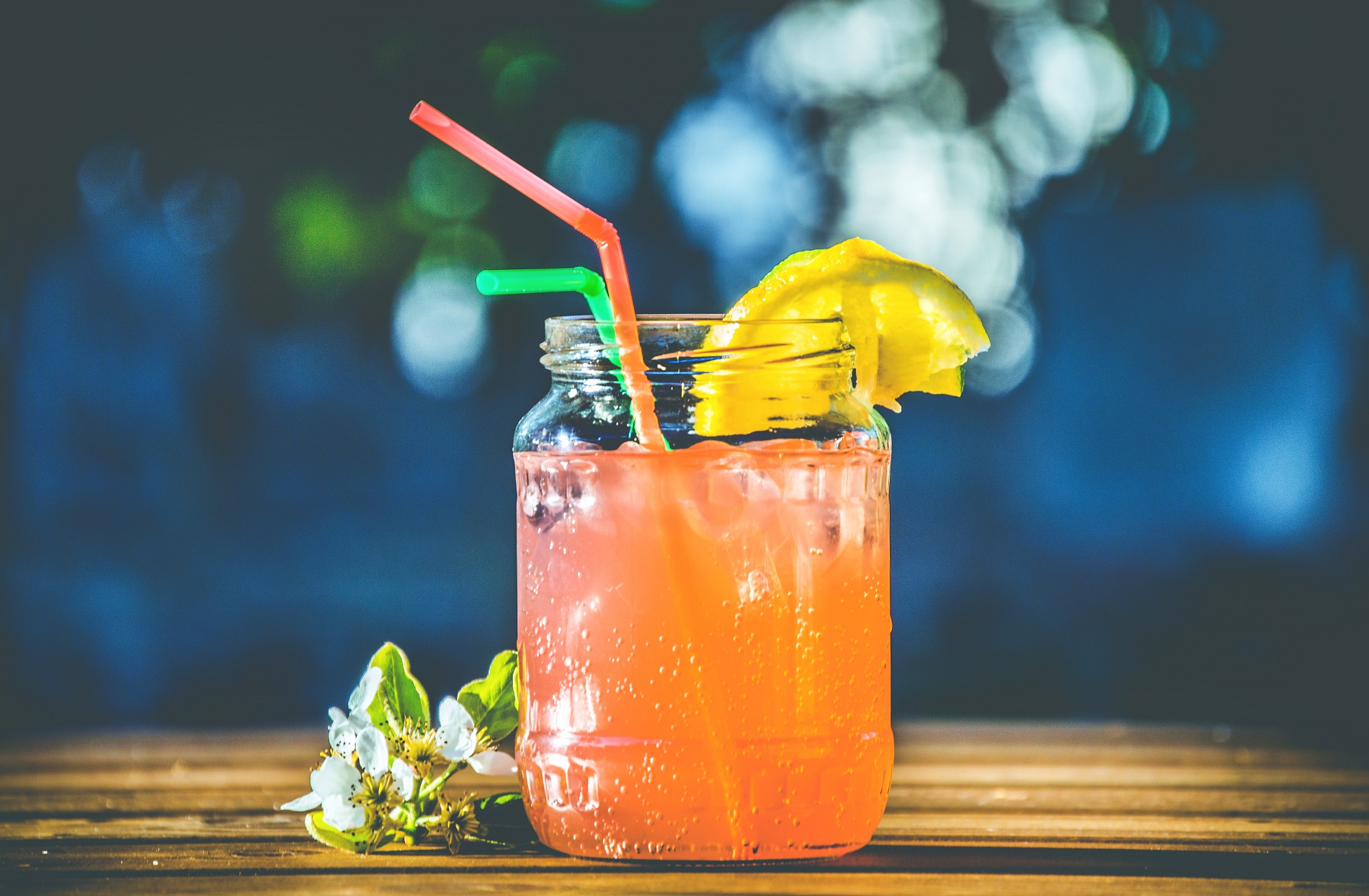
Increasing fluid (preferably pure and distilled water, and fruit juices) intake should be the first step (and may be the only step needed) to keep free of kidney stones. In fact, and perhaps, the only known conclusive fact leading to kidney stone formation is not drinking enough fluid.
For the person who experiences recurrent kidney stones, it is vital to increase urine flow so the urine stays diluted. Enough fluids should be consumed to produce a daily urinary volume of 2,250 milliliters (three-fifth of a gallon) or more.
Adequate hydration prevents urinary stasis (stagnancy and stoppage of fluid flow) that can lead not only to stone formation but also to urinary tract infection.
Kidney stone sufferers should consume a variety of fresh juices regularly. Cranberry juice has been shown to reduce the amount of ionized calcium in the urine by over 50 percent on patients with recurrent kidney stones.
Most cranberry juices in the market, however, contain only one-third cranberry juice mixed with water and sugar. Fresh cranberry juice naturally sweetened with apple or grape juice is better. For a homemade juice (as suggested by Health Counselor publication), try mixing one cup of cranberries, two apples, and an orange; or try a combination of two apples, a handful of grapes, half a cup of cranberries, and half a lemon.
Citrus juices also may offer some protection because they provide citric acid. Decreased urinary citrate is found in 20 to 60 percent of patients with kidney stones. This is very important since citrate reduces urinary saturation of stone-forming calcium salts by binding with calcium. If citrate level is low, this inhibitory activity is not present and stone formation is more likely to occur.
Citrate supplementation, using potassium citrate and magnesium citrate, has been shown to be quite successful in preventing recurrent kidney stones.
CORRECT FOOD
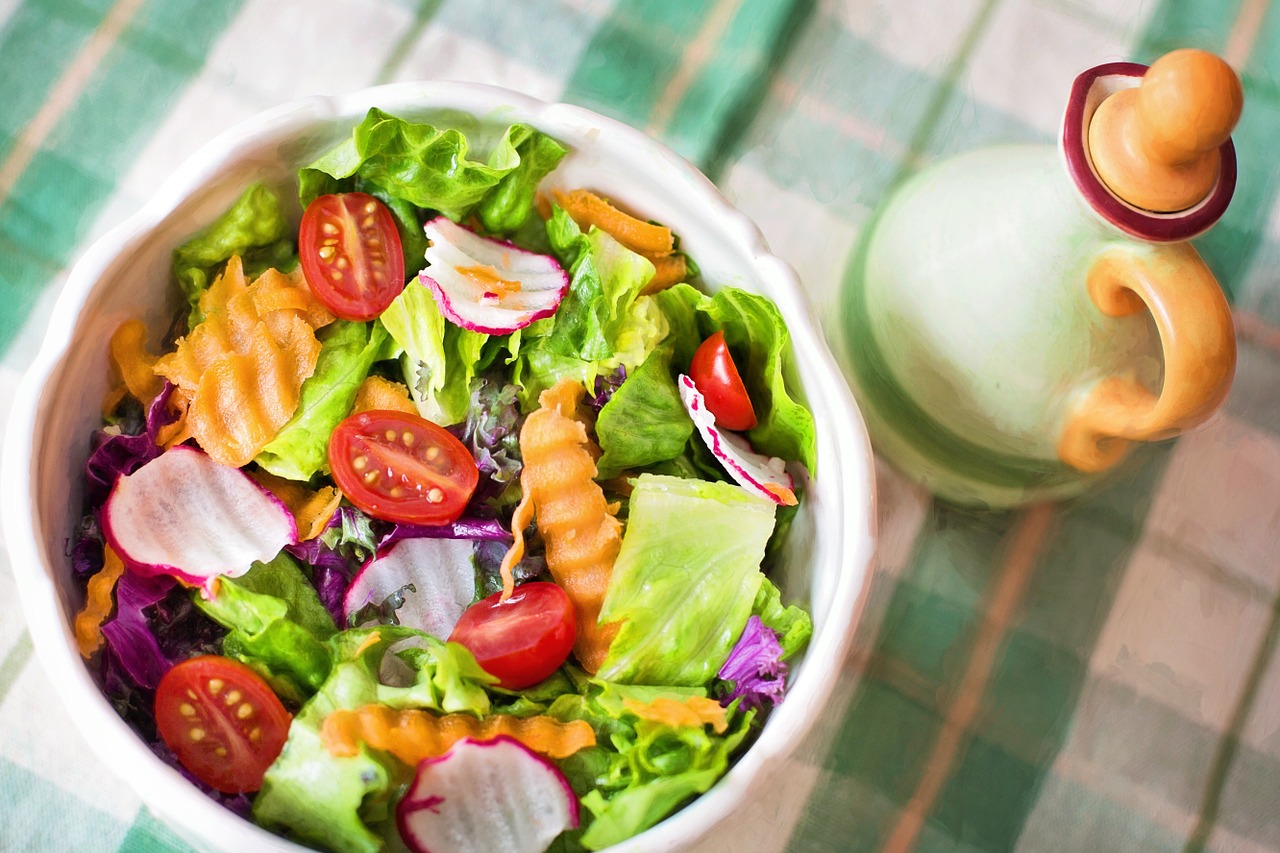
The high rate of calcium-containing stones in affluent societies is directly associated with the following dietary patterns: low fiber, highly refined carbohydrates, large amount of animal protein, high fat, high calcium, high salt, and high vitamin D-enriched foods.
Excess body weight and faulty carbohydrate metabolism are high risk factors for kidney stone formation as both can lead to increased excretion of calcium in the urine. The common factor may be the role that sugar (sucrose) plays. Research shows urinary calcium levels rise after sugar ingestion. Refined carbohydrates should be restricted in the diet and replaced with complex carbohydrates such as those found in whole grains, legumes, fruits and vegetables.
Individuals who form uric-acid stones are usually found to eat diets high in animal protein, beans and processed foods. Purine (found in anchovies, beans, innards, red meat and yeast) and methionine (found in preserved and processed foods) can accelerate the formation of uric acid in the urine.
Many people eat more protein than the body requires. High-protein intake (except in athletes and breastfeeding mothers) also leads to increased urinary calcium excretion. It is also one reason people suffer from so many diet-related diseases, including those involving calcium metabolism such as kidney stones and osteoporosis.
These diseases are less common in vegetarians. Even meat-eaters who eat higher amounts of fresh fruits and vegetables have a lower incidence of kidney stones. The high-fiber content of a vegetarian diet may be one of its key protective factors. In clinical studies, bran supplementation lowered urinary calcium and reduced kidney stone formation. The simple dietary factors of adding fruits and vegetables to one's daily food intake and the simple switching from white bread to whole wheat can lead to similar results. Consequently, to reduce the possibility of kidney stone formation, overconsumption of protein should be avoided while fresh fruit and vegetable intake should be increased.
Caution: Kidney stone sufferers should avoid eating broccoli, cauliflower, nuts, rhubarb and spinach as they usually contain high amounts of calcium, purine and oxalate.
At the bare minimum, the American National Academy of Science recommends five servings of fruits and vegetables each day.
RIGHT AMOUNT OF VITAMINS
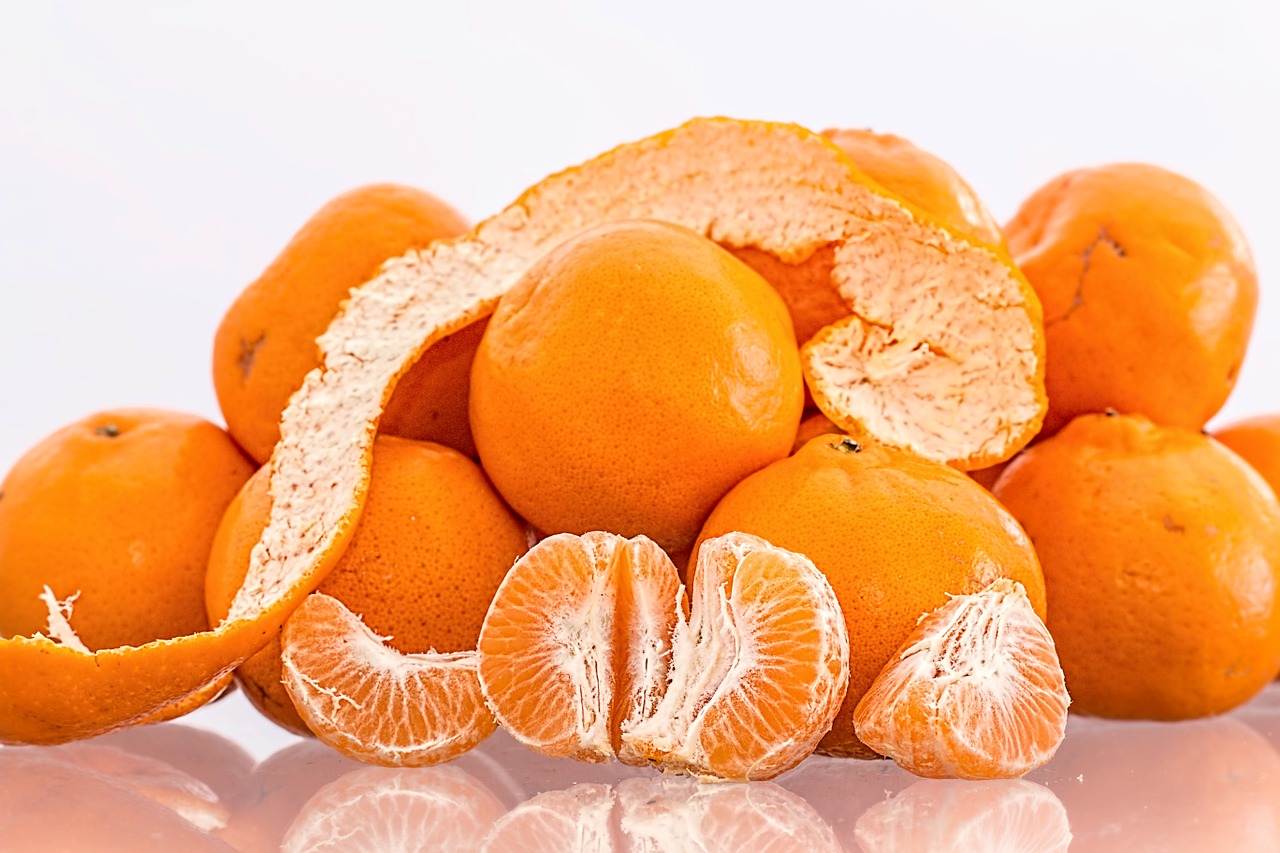
Vitamin A is necessary for the overall healthy state of your urinary tract. Food rich in Vitamin A include carrot, horseradish, squash, bitter gourd and sweet potato. The Recommended Daily Allowance (RDA) of vitamin A for healthy adults is around 5,000 international units, which should be easily met through a varied, balanced diet. According to the Home Remedies Handbook, however, don't rush out for vitamin A supplements; if you get too much, your body won't excrete the excess, which can be toxic. Better go natural.
Scientists have found that vitamin B6 (pyridoxine) may actually lower the amount of oxalate in the blood, thereby reducing the risk of stone formation in the kidney and bladder. The limit for vitamin B6 intake is 25 milligram per day. Again, a well-balanced diet is enough source for this vitamin requirement.
Magnesium is also critically important in preventing the formation of kidney stones. In many laboratory experiments throughout the world, a magnesium-deficient diet is one of the quickest ways to produce kidney stones in animals.
Magnesium has been shown to increase the solubility of calcium oxalate and inhibit the precipitation of both calcium oxalate and phosphate. Supplemental magnesium alone has been used effectively in preventing recurrence of kidney stones. When use with vitamin B6, an even greater effect is noted. A daily intake of 375 to 450 milligrams of magnesium is recommended for potential kidney stone sufferers.
Kidney stone sufferers are often encouraged to increase their intake of food having high magnesium and pyridoxine to calcium ratio. Foods fulfilling these criteria include avocado, banana, barley, bran, brown rice, buckwheat, corn, natural honey, oats and potato.
The presence of vitamin K in green leafy vegetables may be another reason vegetarian have a lower incidence of kidney stones. Urinary glycoprotein, a compound in the urine, which is a powerful inhibitor or calcium oxalate crystalline formation, requires vitamin K (at least 0.2 milligram daily) for its synthesis.
On the other hand, don't overconsumed synthetic vitamin C (ascorbic acid) supplements. With news of the positive powers of vitamin C appearing regularly, people may be led to think of it as a wonder vitamin. Take note that vitamin C in very high doses - more than 3,000 milligrams daily - can be a potential problem for those with kidney-stone tendencies. Although food containing vitamin C isn't a problem, people prone to kidney stones should stay away from synthetic vitamin C supplements because they are converted to oxalates in the body.
DAIRY PRODUCTS AND CALCIUM SUPPLEMENTS
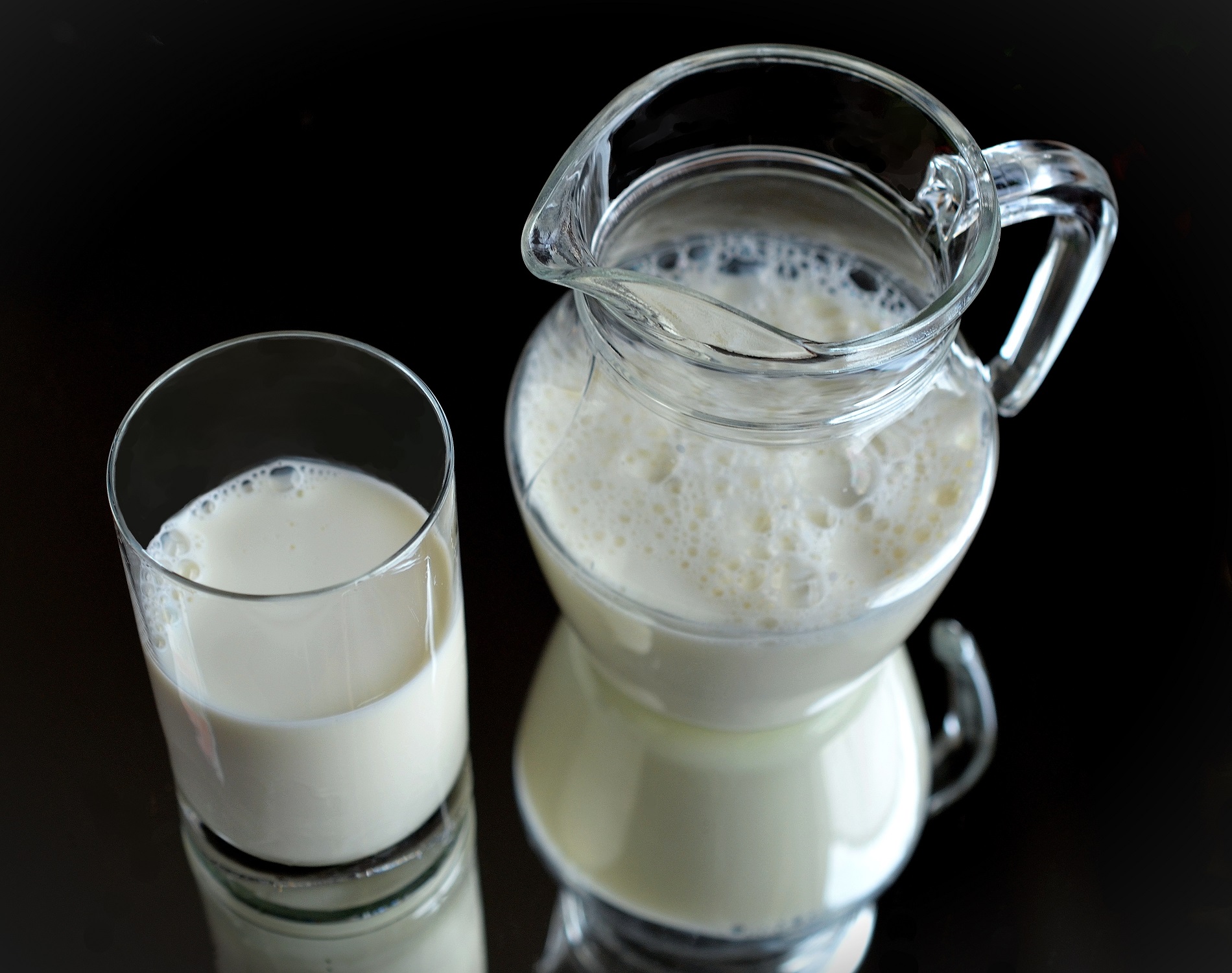
The long-term adult overconsumption of milk (and other dairy products) and calcium carbonate antacids (sometimes manufactured as calcium supplements) is known to lead to kidney stone development, especially when they are consumed in combination.
Milk fortified with vitamin D may not be suitable for people at risk of developing kidney stones. Vitamin D increases not only the absorption of calcium, but also the concentration of calcium in the urine, which usually results in the formation of kidney stones. Consuming vitamin D-fortified milk can also result in lowered magnesium levels.
SALTS AND HEAVY METALS
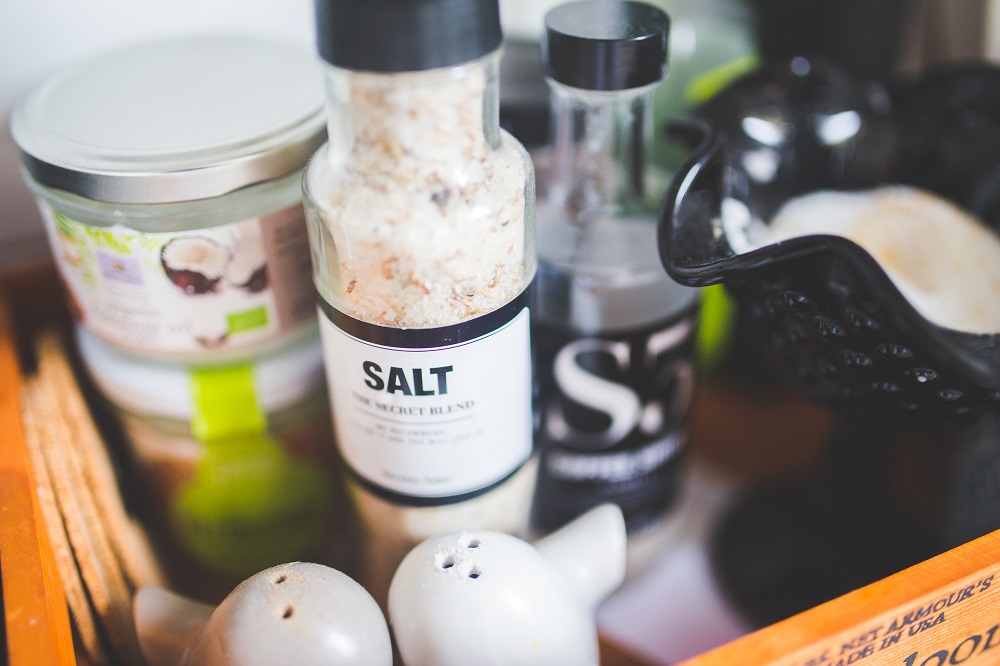
According to nutritionist, the amount of salt needed to sustain life is 200 to 220 milligrams a day - about one-tenth of a teaspoon. Without it, a person would feel unwell or nauseous - and an entirely saltless life will make him wither and die. But excessive intake of salty food is also potentially fatal considering the strain it will give to one's heart and kidney. In fact there is a high correlation between kidney stones and salt intake.
There are several kinds of salt that people consumed every day. The most common is table salt (sodium chloride). Excess amount of sodium, which makes up 40 percent of table salt, can cause not only hypertension but also wreak havoc on the kidneys.
Many heavy metal elements such as aluminum, gold, mercury and cadmium, on the other hand, are toxic to the kidneys. Cadmium in particular has been shown to greatly increase the incidence of kidney stones. Cadmium is concentrated in the kidneys where it caused much damage.
A study of coppersmiths, which were exposed to high amount of cadmium, showed a 40 percent incidence of kidney stones, which correlated very strongly with elevated serum cadmium levels. Cadmium levels are also much higher in the tissues of cigarette smokers. In these cases, hair mineral analysis may be of value in kidney stone patients to detect the presence of heavy metal accumulation in the body.
Prevention (or preventing recurrence in the case of chronic kidney stone sufferers) is the therapeutic aim in the treatment of this problem. Since daily health and dietary management is effective, inexpensive, and free from side effects, it is the treatment of choice.







